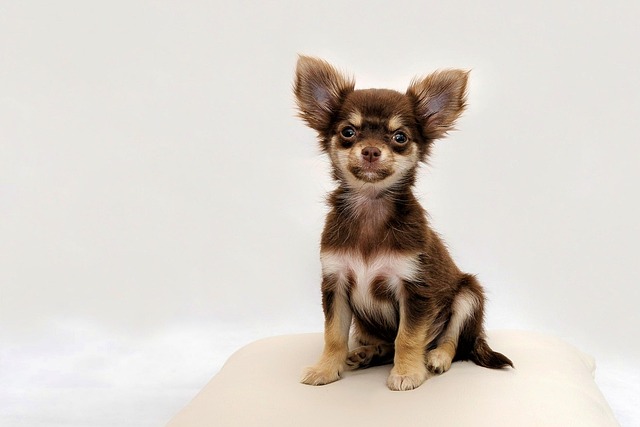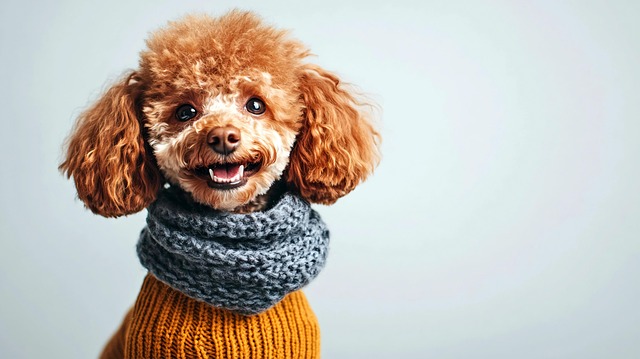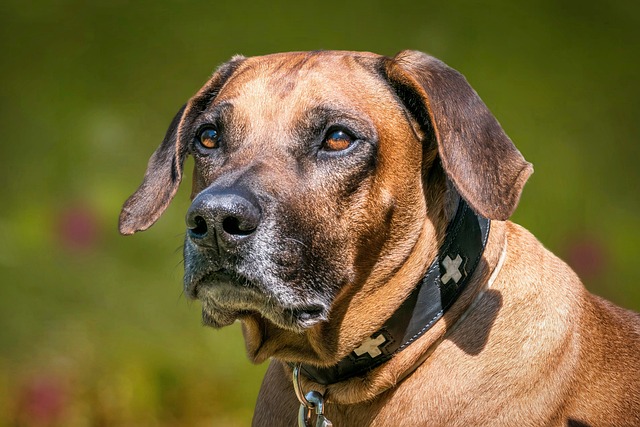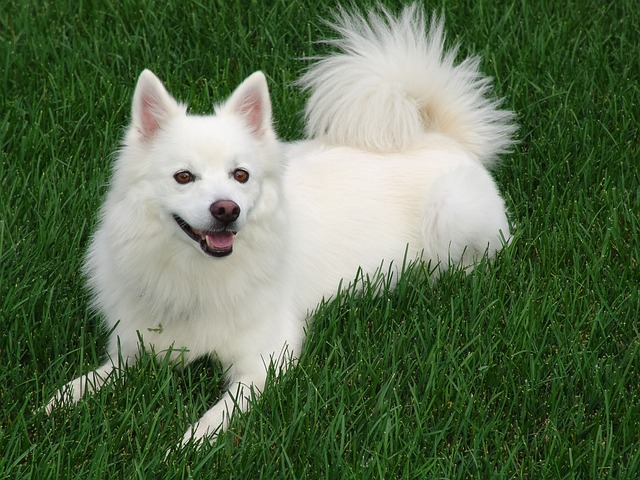
How to train a chihuahua not to bite?
Chihuahuas might be tiny, but their nipping can feel anything but small—especially when it's directed at kids, guests, or even your own hands during playtime.
Golden retriever puppies possess an innate desire to connect with their human companions, making them naturally receptive to training when approached with the right psychological understanding. These intelligent dogs thrive on positive interactions and respond exceptionally well to consistent, patient guidance. The key to successful golden retriever puppy sit command training lies in recognizing their emotional intelligence and eagerness to please, traits that have been cultivated through generations of selective breeding for companionship and work.
Understanding your puppy's psychological makeup reveals why certain training approaches work better than others. Golden retrievers are hardwired to seek approval and maintain social harmony within their pack, which in domestic settings translates to your family unit. This psychological drive means they're more likely to repeat behaviors that earn them positive attention and treats. Their high food motivation combined with their social nature creates an ideal foundation for teaching basic commands like sit.
Many American pet owners encounter similar obstacles when beginning golden retriever puppy responsiveness training. The most common challenge involves inconsistent responses from their puppy, where the dog might sit perfectly one moment and completely ignore the command the next. This inconsistency often stems from unclear communication rather than the puppy's inability to learn. Another frequent issue is the puppy's short attention span, which can make training sessions feel frustrating and unproductive.
Environmental distractions present another significant hurdle. In busy American households, puppies often become overwhelmed by competing stimuli like television sounds, children playing, or other pets moving around. This sensory overload can make it difficult for your golden retriever to focus on training commands. Additionally, many owners struggle with timing their rewards and corrections, which can confuse the puppy about which specific behavior is being reinforced.
The psychology behind puppy training reveals that golden retrievers learn best through positive association and clear communication. Begin your training sessions when your puppy is alert but not overly excited, typically after a short play session or walk. Hold a small, high-value treat close to your puppy's nose, allowing them to smell it without giving it away immediately. Slowly move the treat upward and backward over their head, which naturally causes most puppies to lower their hindquarters into a sitting position.
The moment your puppy's bottom touches the ground, immediately say "sit" in a clear, consistent tone while simultaneously giving the treat and offering enthusiastic praise. This timing is crucial because it creates a strong psychological connection between the action, the command, and the reward. Your body language during this process should remain calm and confident, as puppies are exceptionally sensitive to human emotions and energy levels.
Effective puppy sit training techniques incorporate multiple psychological triggers to maximize learning efficiency. Visual cues work alongside verbal commands to create stronger neural pathways in your puppy's developing brain. Consider using a consistent hand signal, such as raising your palm upward, each time you give the sit command. This dual-sensory approach helps accommodate different learning styles and provides backup communication if your puppy doesn't initially respond to voice commands alone.
Repetition with variation prevents your golden retriever from becoming bored or mechanically compliant. Practice the sit command in different locations throughout your home, gradually introducing mild distractions as your puppy becomes more reliable. This approach builds confidence and ensures your puppy understands that "sit" means the same thing regardless of the environment.
Consistency extends beyond just the training sessions themselves. Every family member should use the same command word and reward system to avoid confusing your puppy. Mixed signals can significantly slow the learning process and create anxiety for your golden retriever, who desperately wants to please but receives conflicting information about expectations.
Training golden retriever puppies with psychology requires recognizing and responding to your puppy's stress signals. Heavy panting, excessive drooling, or attempts to hide or escape indicate that your puppy is feeling overwhelmed. When you notice these signs, immediately pause the training session and allow your puppy to decompress. Pushing through stress signals can create negative associations with training and make future sessions more difficult.
Patience becomes your most valuable tool when progress seems slow. Golden retriever puppies typically begin showing consistent responses to the sit command within a few days to a week of regular practice, but individual development varies significantly. Some puppies master the command quickly while others need additional time to build confidence and understanding. Celebrating small victories, such as your puppy sitting for just a second before getting distracted, helps maintain positive momentum.
Adjust your training methods based on your individual puppy's personality and learning style. Some golden retrievers respond better to enthusiastic praise, while others prefer calm, quiet approval. Food-motivated puppies might work eagerly for treats, while others respond more strongly to play rewards or physical affection. Observing your puppy's preferences and adapting accordingly demonstrates respect for their individual nature.
Regular short training sessions prove more effective than lengthy, intensive ones. Five-minute sessions repeated throughout the day maintain your puppy's interest and prevent mental fatigue. End each session on a positive note, even if it means returning to an easier command your puppy has already mastered. This strategy builds confidence and creates positive associations with training time.
How to train a golden retriever puppy to sit effectively combines understanding canine psychology with practical application and unwavering patience. The process strengthens the bond between you and your puppy while establishing clear communication patterns that will serve you both throughout your dog's life. Remember that every golden retriever is unique, and successful training requires adapting your approach to match your puppy's individual temperament and learning pace. With consistent practice and psychological insight, you'll develop a reliable sit command that forms the foundation for more advanced training and a harmonious relationship with your golden retriever companion.

Chihuahuas might be tiny, but their nipping can feel anything but small—especially when it's directed at kids, guests, or even your own hands during playtime.

Living with a dog that barks excessively can feel overwhelming,especially when your furry friend is three years old and set in some habits.But don't worry—with patience,consistency,and the right approach,you can help your dog develop calmer behavior.

Bringing home a new puppy is an exciting adventure, but figuring out when to start training can feel like a puzzle. The truth is, the ideal training window depends on your puppy's breed, personality, and physical development.

Potty training a Yorkie can feel like a tiny puzzle, but it's totally doable with the right approach. These little pups are smart and eager to please, though their small bladders and sensitive nature mean consistency and kindness are key.

When it comes to welcoming a large dog into your home,training ease is often a top concern.Whether you're a first-time dog owner or simply value a harmonious living environment,choosing a breed that responds well to training can make all the difference.

Maybe you've noticed your fuzzy little ball of energy suddenly turning into a tiny tornado—ignoring commands, darting after every squirrel, and acting like “sit” is a foreign language. That's not your imagination.